Giotto’s “Maestà”, or “Madonna di Ognissanti”, was painted in Florence in around 1310. It is a tempera painting measuring roughly 325 by 204 cm. In the early 14th Century, Giotto was a well-known artist at the height of his powers. His work was a departure from the Byzantine style, which depicted sacred figures in fixed positions, facing the viewer against a gold background. Instead, Giotto’s sacred scenes were situated in familiar, earthly settings. His frescos in the Cappella degli Scrovegni in Padua are an example of such a new technique. [1303-1305] The altarpiece containing the “Madonna di Ognissanti” was most likely commissioned from Giotto by the Umiliati monks at Florence’s Chiesa d’Ognissanti.Giotto’s “Madonna di Ognissanti” depicts a theme common to religious painting of the 13th and 14th Centuries: the Madonna on a throne, Christ in her arms, surrounded by saints and angels. Giotto’s work followed in the steps of painters like Cimabue and the Sienese artist Duccio di Buoninsegna. He retained some of the same elements they had used, like the stateliness of the Madonna, clean symmetry, and a golden background.
But Giotto tried to show the real-life dimensions and the depth of space – innovations for 14th-century painting.
His Madonna’s throne seems three-dimensional. Side openings allow the viewer to glimpse the figures of two saints, which give the painting a sense of depth. It is an image evocative of Giotto’s own “Judgment”, part of the Paduan frescoes. Giotto’s “Madonna di Ognissanti” also marked the end of the forward-facing pose common to Byzantine icons. His Madonna poses in a three-quarter position while the saints and angels offering her lilies are in profile. Her glance is not straight and fixed, but turned slightly to the left. Giotto also used color in a new way to soften the gravity of his subjects. He created a more natural lighting effect, as opposed to the unrealistic tones used in the past. Colors mimicking ambient light show a third dimension and outline the Madonna’s body under her dress. Giotto’s “Madonna di Ognissanti” highlights the Madonna’s physicality, her maternal relation with Christ, her humanity, and her closeness to the earthly world. The altarpiece was restored between 1990 and 1991. Splits in the wooden support were treated, eliminating fissures in the painting. The “Madonna di Ognissanti” has been on display at the Uffizi Gallery in Florence since 1919.
But Giotto tried to show the real-life dimensions and the depth of space – innovations for 14th-century painting.
His Madonna’s throne seems three-dimensional. Side openings allow the viewer to glimpse the figures of two saints, which give the painting a sense of depth. It is an image evocative of Giotto’s own “Judgment”, part of the Paduan frescoes. Giotto’s “Madonna di Ognissanti” also marked the end of the forward-facing pose common to Byzantine icons. His Madonna poses in a three-quarter position while the saints and angels offering her lilies are in profile. Her glance is not straight and fixed, but turned slightly to the left. Giotto also used color in a new way to soften the gravity of his subjects. He created a more natural lighting effect, as opposed to the unrealistic tones used in the past. Colors mimicking ambient light show a third dimension and outline the Madonna’s body under her dress. Giotto’s “Madonna di Ognissanti” highlights the Madonna’s physicality, her maternal relation with Christ, her humanity, and her closeness to the earthly world. The altarpiece was restored between 1990 and 1991. Splits in the wooden support were treated, eliminating fissures in the painting. The “Madonna di Ognissanti” has been on display at the Uffizi Gallery in Florence since 1919.
RELATED


DISQUIETING MUSES


LADY WITH AN ERMINE
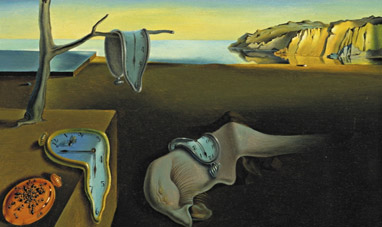

THE PERSISTENCE OF MEMORY
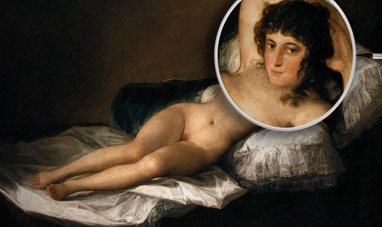

THE NUDE MAJA


THE CRUCIFIX OF SANTA MARIA NOVELLA
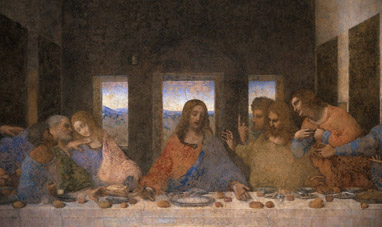

THE LAST SUPPER
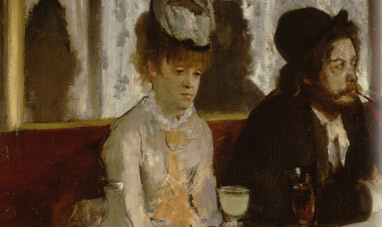

L'ABSINTHE


THE THREE GRACES
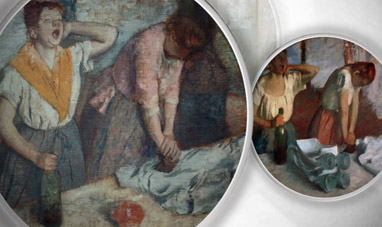

WOMEN IRONING
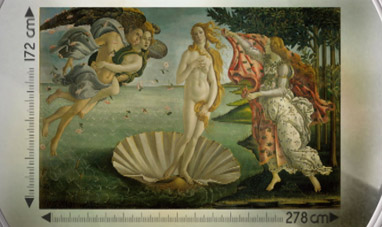

THE BIRTH OF VENUS


GIOTTO-S-FRESCOES-IN-THE-ASSISI-CATHEDRAL
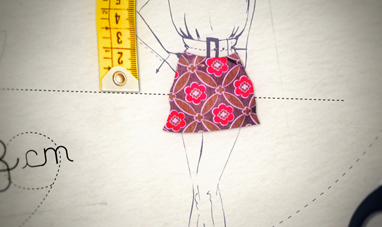

MINISKIRT
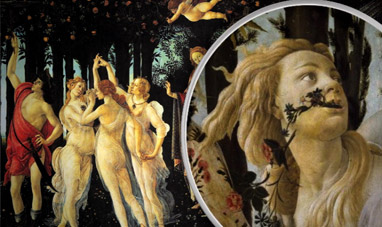

PRIMAVERA
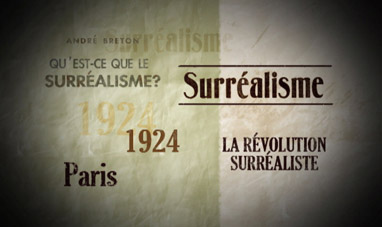

SURREALISM
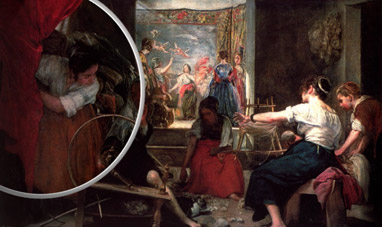

LAS HILANDERAS


DAVID (MICHELANGELO)


MADONNA OF THE GOLDFINCH


BAROQUE


YOUNG BOY WITH A BASKET FRUIT


LAS MENINAS
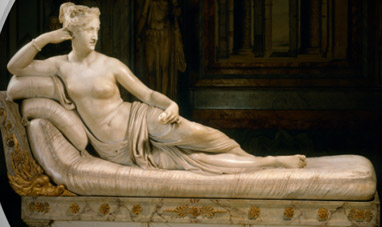

PAULINE BORGHESE
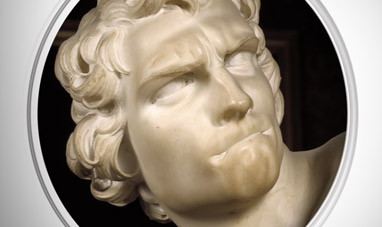

DAVID (BERNINI)


SOLOMON R. GUGGENHEIM MUSEUM


ROMANTICISM
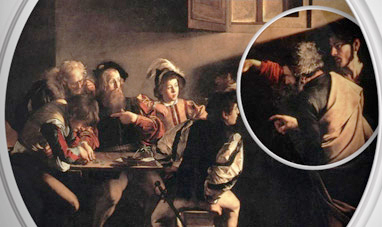

THE CALLING OF ST. MATTHEW
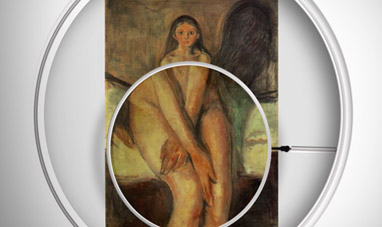

PUBERTY
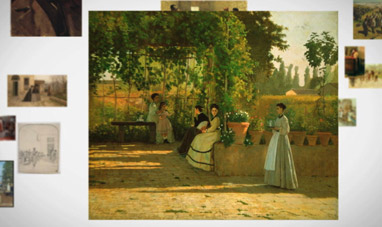

THE MACCHIAIOLI
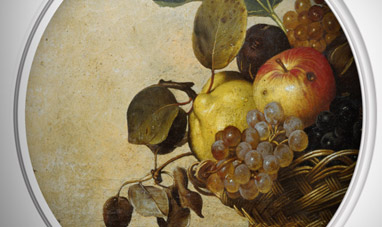

BASKET OF FRUIT


WATER LILIES (SERIES)
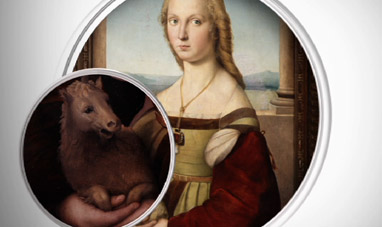

YOUNG WOMAN WITH UNICORN
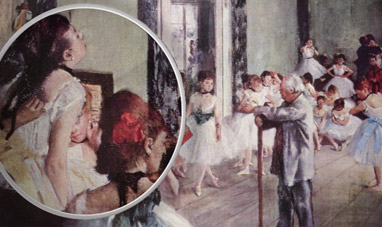

THE DANCE CLASS


THE ECSTASY OF SAINT TERESA
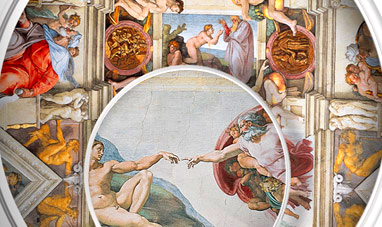

THE SISTINE CHAPEL
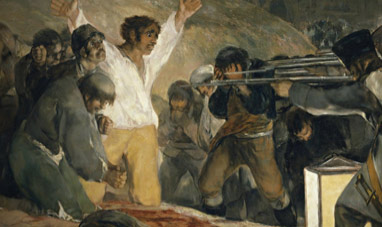

THE THIRD OF MAY 1808: THE EXECUTION OF THE DEFENDERS...
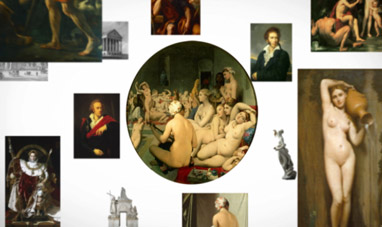

NEOCLASSICISM


IMPRESSIONISM
